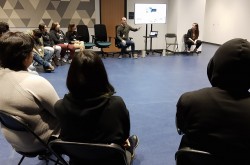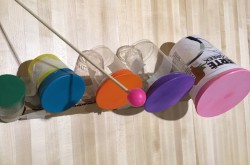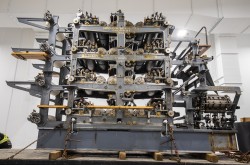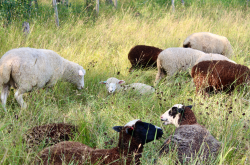Experiment: Starting seeds at home

It’s the perfect time of year to start seeds inside for your spring garden.
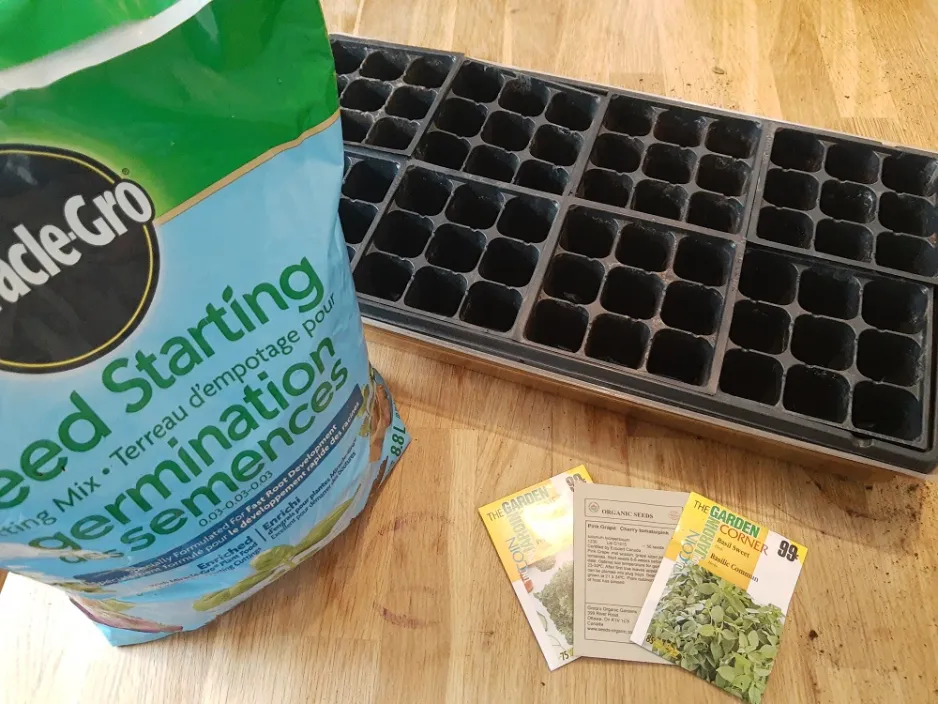
Materials*:
- Seeds - Tomato, zucchini and pumpkin are good seeds to start indoors to lengthen the growing season. Lettuce, spinach, beans and peas can be planted outside directly in your garden. Follow the directions on the seed packets.
- Potting soil
- Tray
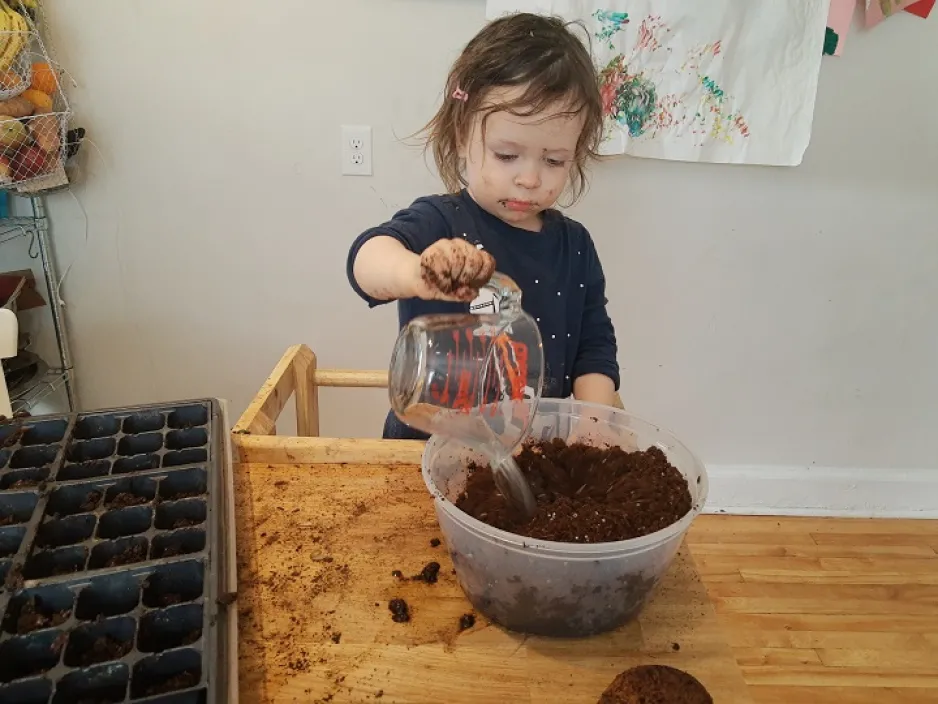
Step 1: Mix soil with water until moist (but not wet).
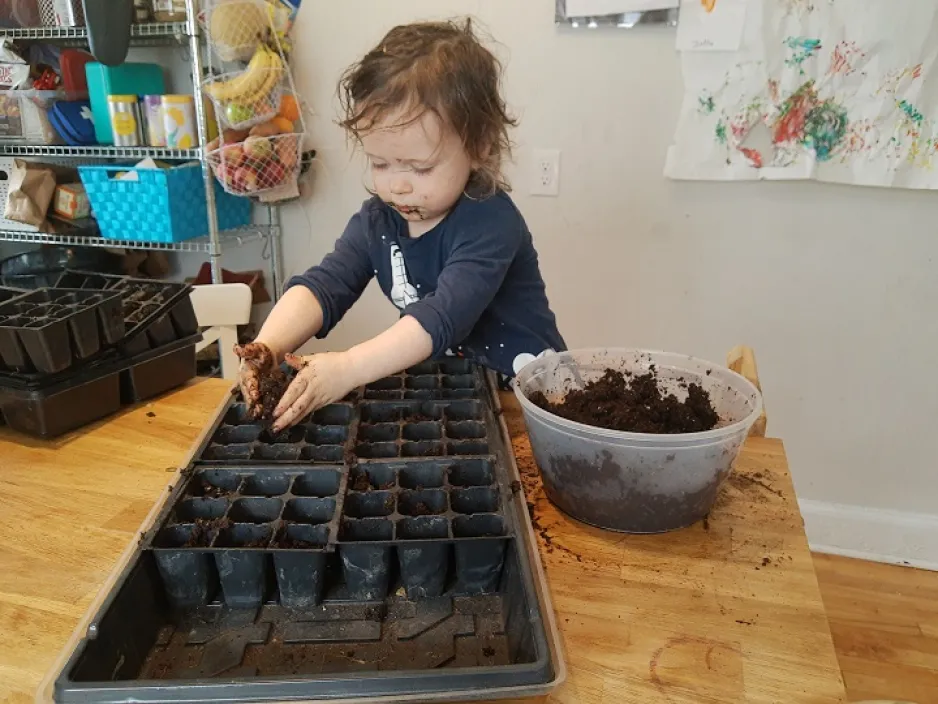
Step 2: Fill the tray with soil.
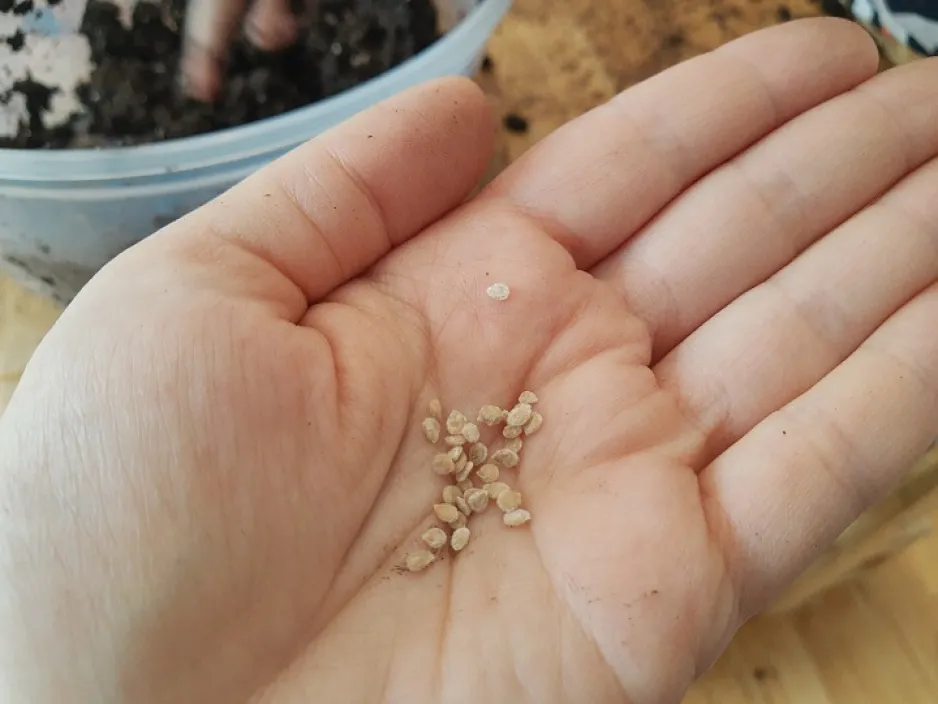
Step 3: Add seeds to the tray.
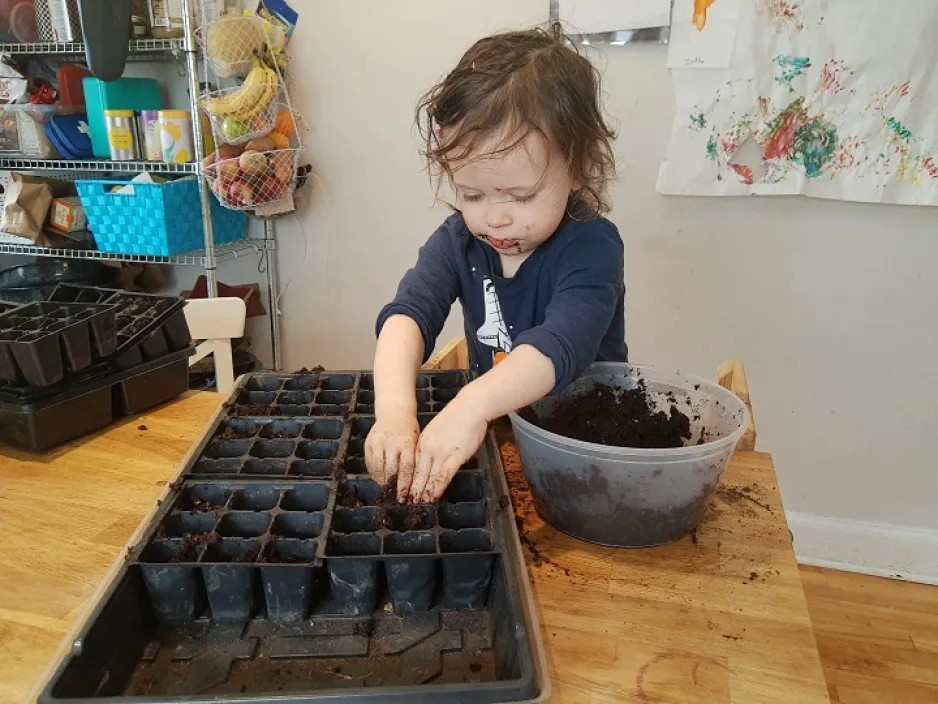
Step 4: Cover seeds with soil and press down gently to remove air pockets.
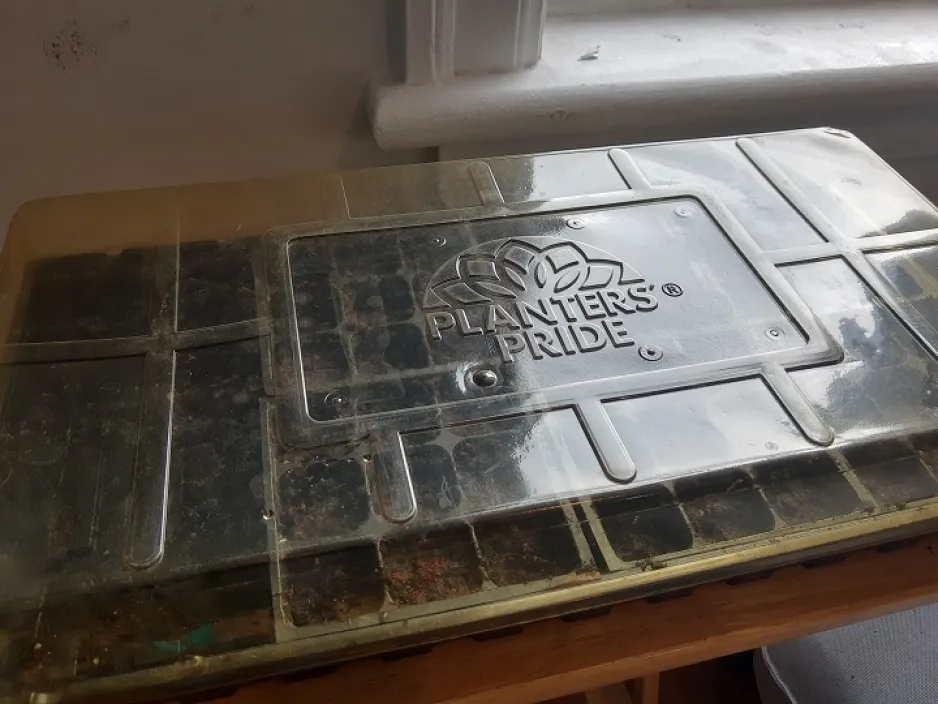
Step 5: Cover with lid or water daily. Place next to a window once sprouted.
*Note: These materials can be found at grocery stores or online. You can also use egg cartons or toilet paper rolls instead of a tray and a paper towel instead of soil.
To learn more about propagating plants from seeds, see our Educational Activity Kit on Sprouting Experiments.
It’s the perfect time of year to start seeds inside for your spring garden.
Transcript
(A young child stands at a table. She pours water into a bucket of potting soil and mixes it with a wooden spoon.)
(She puts the soil into a seed starting tray.)
(Then she adds seeds on top of the soil.)
(A photo of tomato seedlings is shown on screen, followed by a photo of tomatoes growing on a larger plant)





